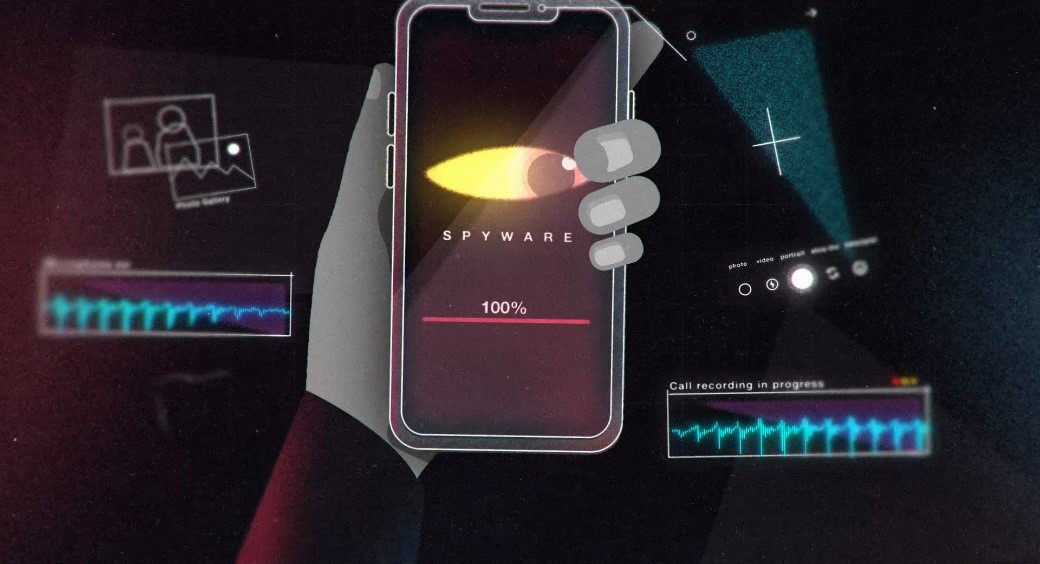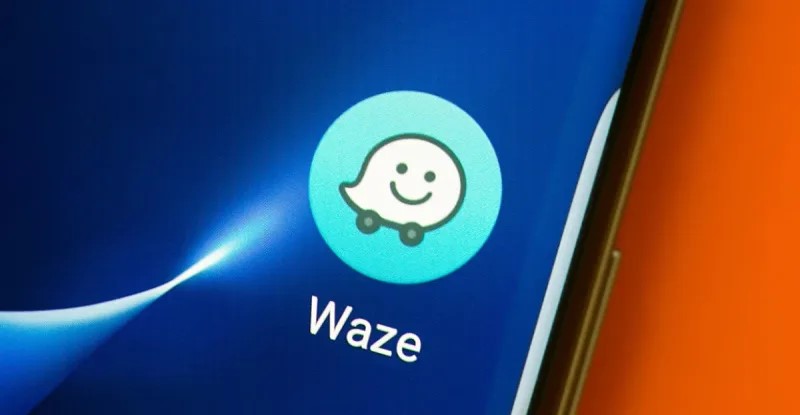DeepSeek: A Comprehensive Guide to The AI Chatbot App
This week, Chinese AI lab DeepSeek gained widespread attention after its chatbot app topped the Apple App Store and Google Play charts. DeepSeek's AI models, trained with compute-efficient methods, have sparked discussions among Wall Street analysts and technologists about whether the U.S. can maintain its lead in the AI race and whether the demand for AI chips will remain strong.

Figure 1. DeepSeek: A Complete Guide to the AI Chatbot App.
DeepSeek’s Trading Roots
DeepSeek is backed by High-Flyer Capital Management, a Chinese quantitative hedge fund that leverages AI to guide its trading strategies. Figure 1 shows DeepSeek: A Complete Guide to the AI Chatbot App.
AI enthusiast Liang Wenfeng co-founded High-Flyer in 2015. Wenfeng, who began experimenting with trading during his time at Zhejiang University, officially launched High-Flyer Capital Management as a hedge fund in 2019 with a focus on developing and deploying AI algorithms.
In 2023, High-Flyer established DeepSeek as a lab dedicated to researching AI tools independent of its financial operations. With High-Flyer as one of its investors, DeepSeek eventually spun off into its own company, also named DeepSeek.
From the start, DeepSeek built its own data center clusters for training its models. However, like other AI companies in China, DeepSeek has been impacted by U.S. export restrictions on hardware. For one of its newer models, the company was forced to use Nvidia H800 chips, a less powerful variant of the H100 chip available to U.S. companies.
DeepSeek’s technical team is known to be predominantly young, with the company reportedly focusing on aggressively recruiting Ph.D. AI researchers from top Chinese universities. Additionally, DeepSeek hires individuals without computer science backgrounds to help its technology broaden its understanding across a variety of subjects, according to The New York Times.
DeepSeek’s Powerful Models
DeepSeek introduced its first set of models — DeepSeek Coder, DeepSeek LLM, and DeepSeek Chat — in November 2023. However, it was the release of its next-generation DeepSeek-V2 family of models in the spring of 2024 that drew significant attention from the AI industry.
DeepSeek-V2, a versatile text- and image-analysis system, not only performed well across various AI benchmarks but also proved to be much cheaper to operate compared to other models at the time. This pricing advantage forced DeepSeek’s domestic competitors, including ByteDance and Alibaba, to reduce the usage fees for some of their models and even make others entirely free.
In December 2024, DeepSeek further solidified its reputation with the launch of DeepSeek-V3. According to DeepSeek’s internal tests, DeepSeek V3 outperforms both freely available models like Meta’s Llama and proprietary models such as OpenAI’s GPT-4o.
Another standout release was DeepSeek’s R1 "reasoning" model, launched in January. DeepSeek claims that R1 performs on par with OpenAI’s o1 model in key benchmarks.
As a reasoning model, R1 can fact-check its own responses, allowing it to avoid some of the common mistakes that affect other AI models. While reasoning models tend to take longer — usually seconds to minutes — to arrive at answers, they tend to be more reliable in complex areas such as physics, science, and mathematics.
However, there is a significant caveat to DeepSeek’s models, including R1 and DeepSeek V3. As they are developed in China, they are subject to scrutiny by the country’s internet regulator, ensuring their responses align with “core socialist values.” This means that, for instance, DeepSeek’s chatbot app won’t answer questions about sensitive topics like Tiananmen Square or Taiwan’s political status.
A Disruptive Approach
DeepSeek’s business model remains somewhat of a mystery. The company prices its products and services far below market value, offering some for free, and it has declined investment despite significant interest from venture capitalists.
According to DeepSeek, breakthroughs in efficiency have allowed the company to stay highly cost-competitive, though some experts question the accuracy of the figures the company has presented.
Despite this ambiguity, DeepSeek’s models have gained popularity among developers. While not open source in the traditional sense, they are available under permissive licenses that allow for commercial use. Clem Delangue, CEO of Hugging Face — one of the platforms hosting DeepSeek’s models — reported that developers on Hugging Face have created over 500 “derivative” models of DeepSeek’s R1, which have collectively been downloaded 2.5 million times.
DeepSeek’s success against larger, more established rivals has been described as both “upending AI” and “over-hyped.” Its rapid rise contributed to an 18% drop in Nvidia’s stock price in January, and even prompted a public statement from OpenAI CEO Sam Altman. In March, U.S. Commerce Department bureaus announced that DeepSeek models would be banned on government devices, according to Reuters.
Microsoft has incorporated DeepSeek into its Azure AI Foundry, a platform that consolidates AI services for enterprises. During Meta’s first-quarter earnings call, CEO Mark Zuckerberg noted that AI infrastructure remains a “strategic advantage” for the company, despite the impact of DeepSeek. In March, OpenAI labeled DeepSeek as “state-subsidized” and “state-controlled,” urging the U.S. government to consider banning its models.
Nvidia’s CEO, Jensen Huang, acknowledged DeepSeek’s “excellent innovation” during the company’s fourth-quarter earnings call, noting that reasoning models like DeepSeek’s are beneficial for Nvidia due to their high compute demands.
However, DeepSeek is facing bans from various companies, countries, and governments, including South Korea and New York State, which has prohibited the use of DeepSeek on government devices.
Source:TC
Cite this article:
Priyadharshini S (2025),”DeepSeek: A Comprehensive Guide to The AI Chatbot App", AnaTechMaz, pp. 229







